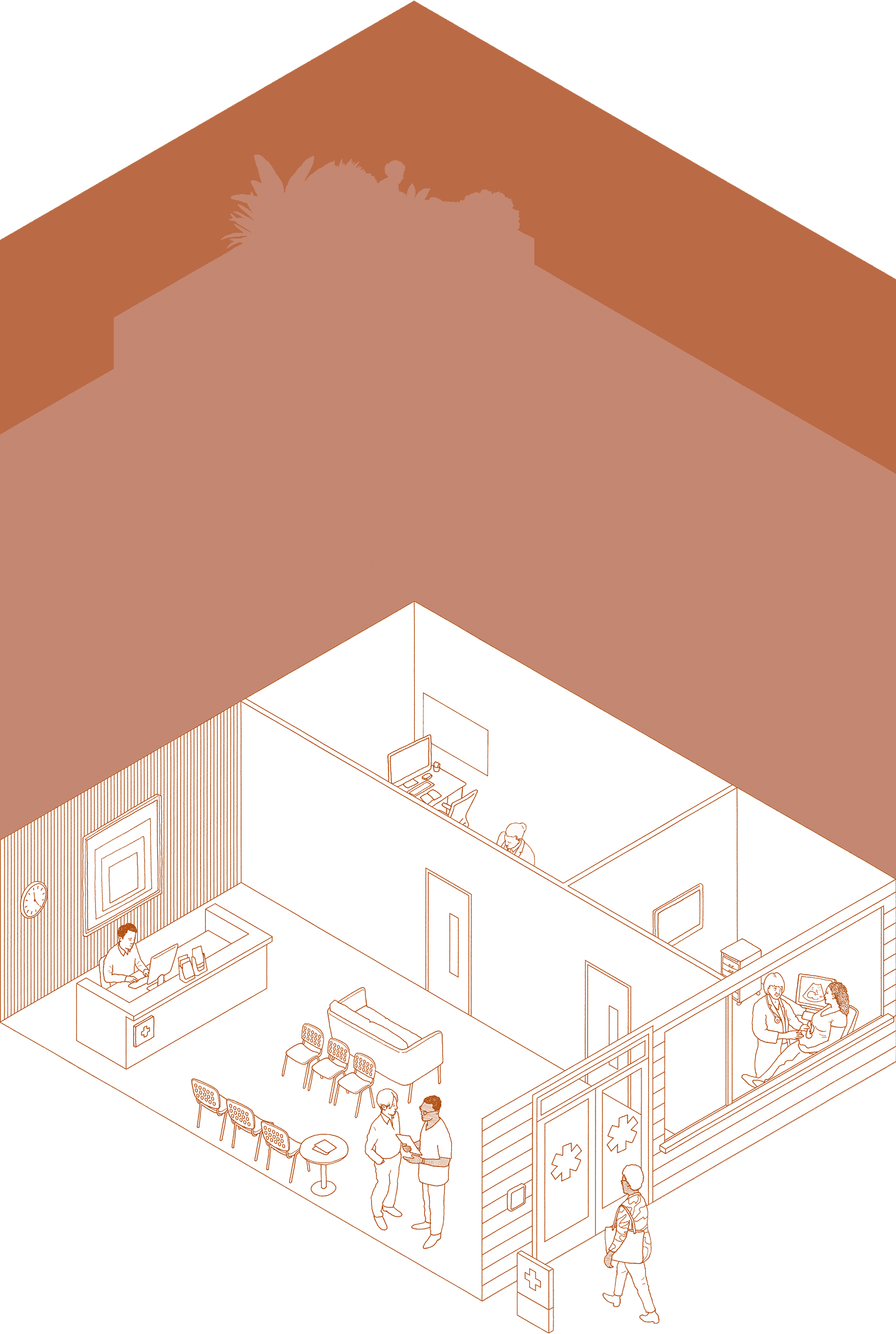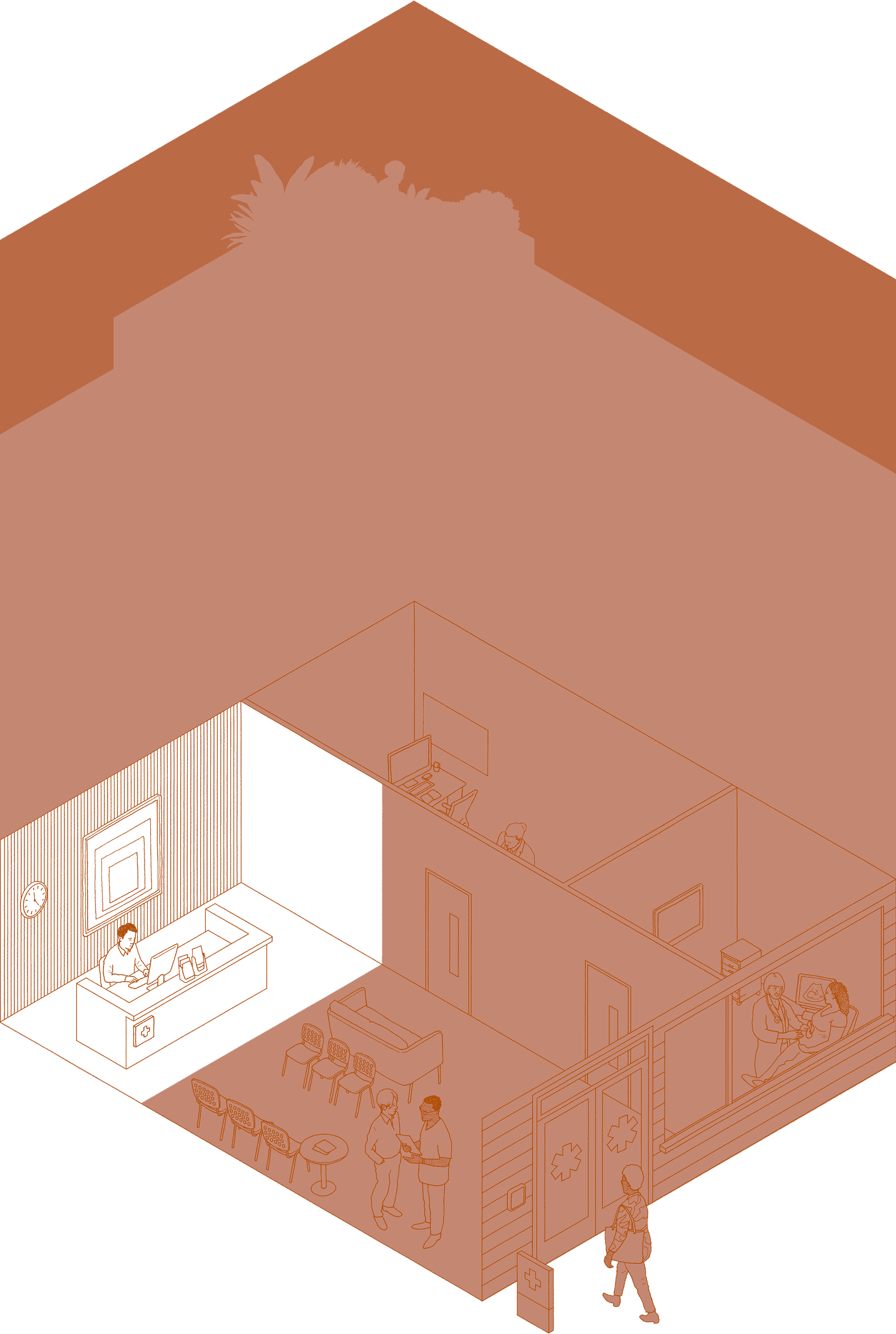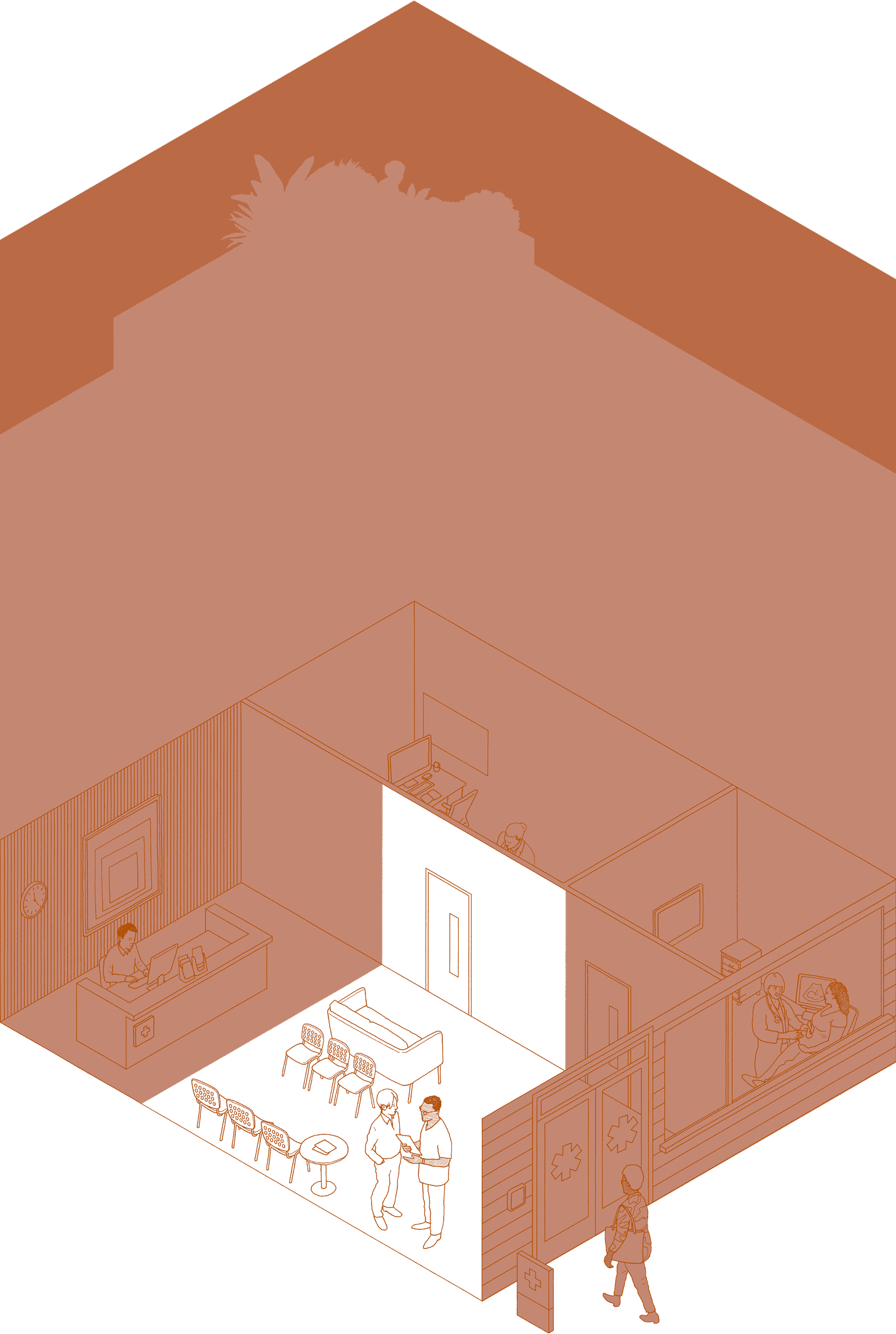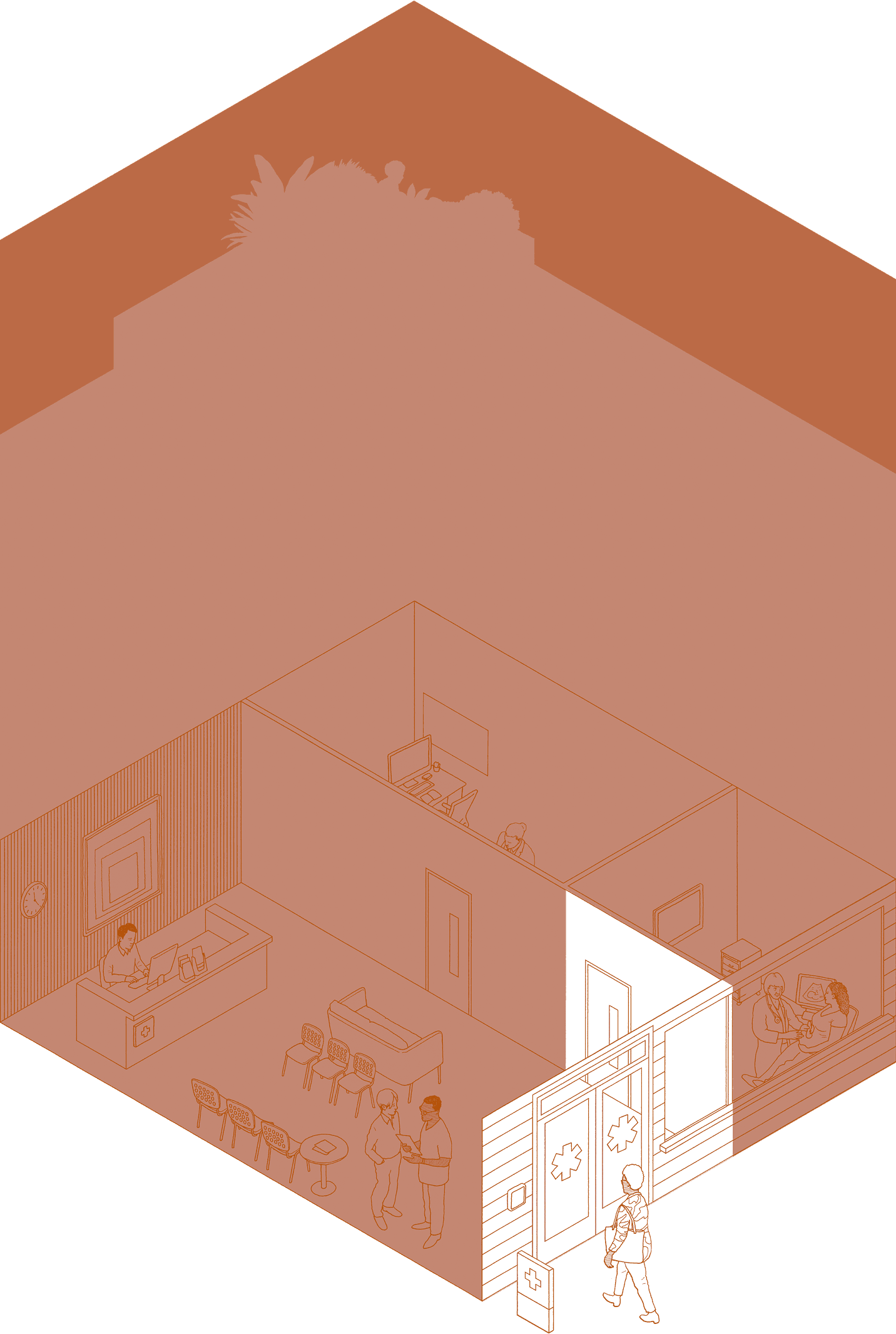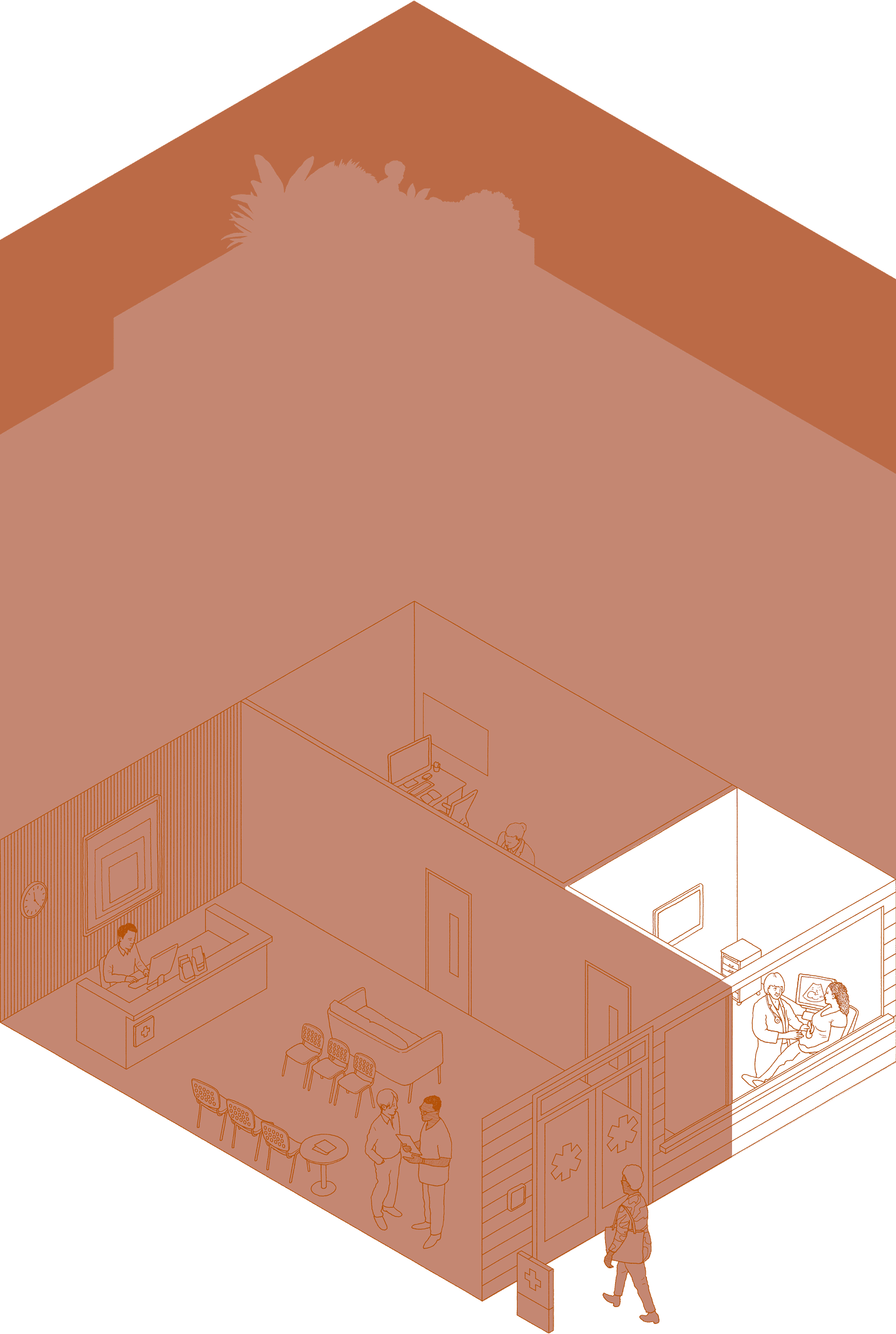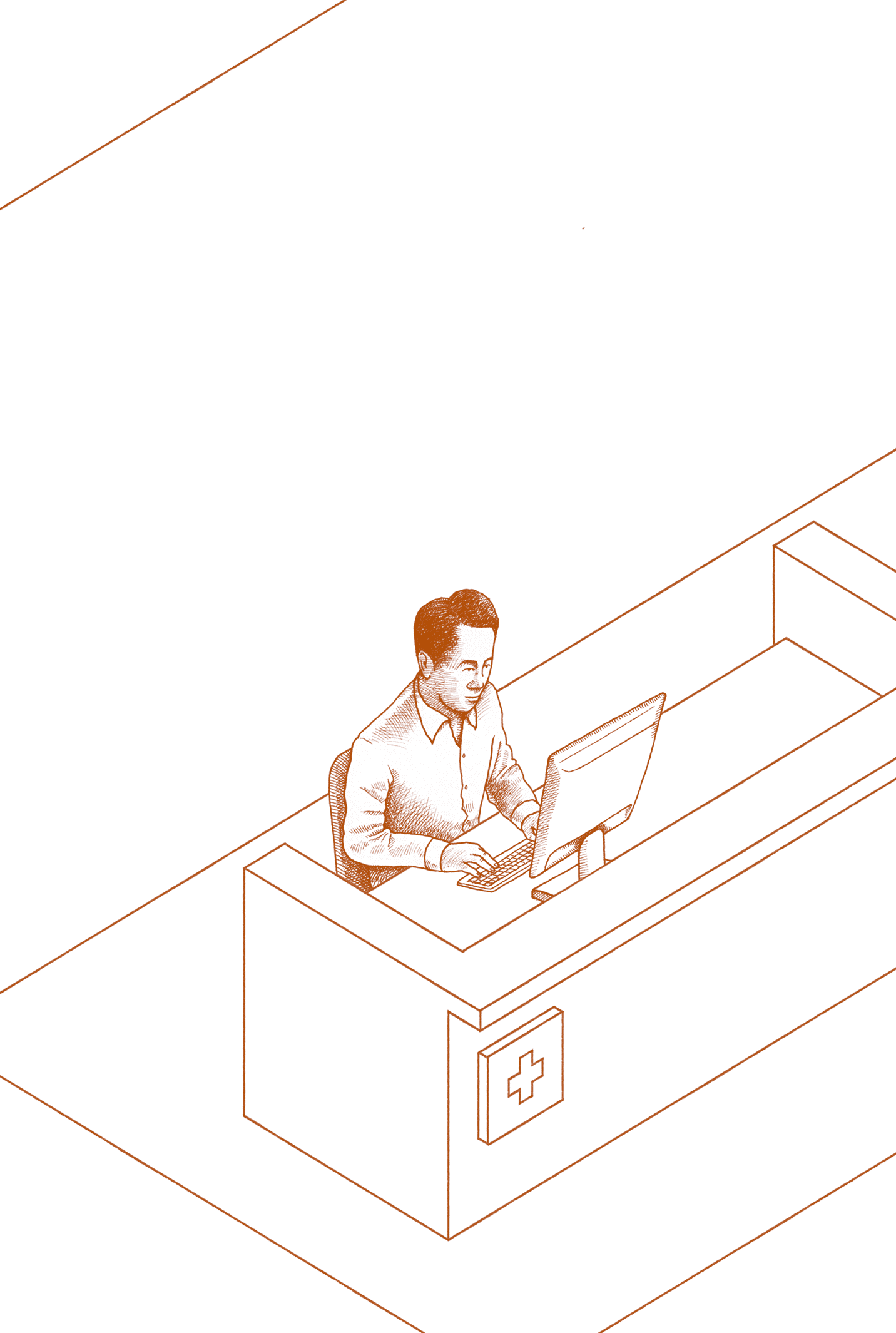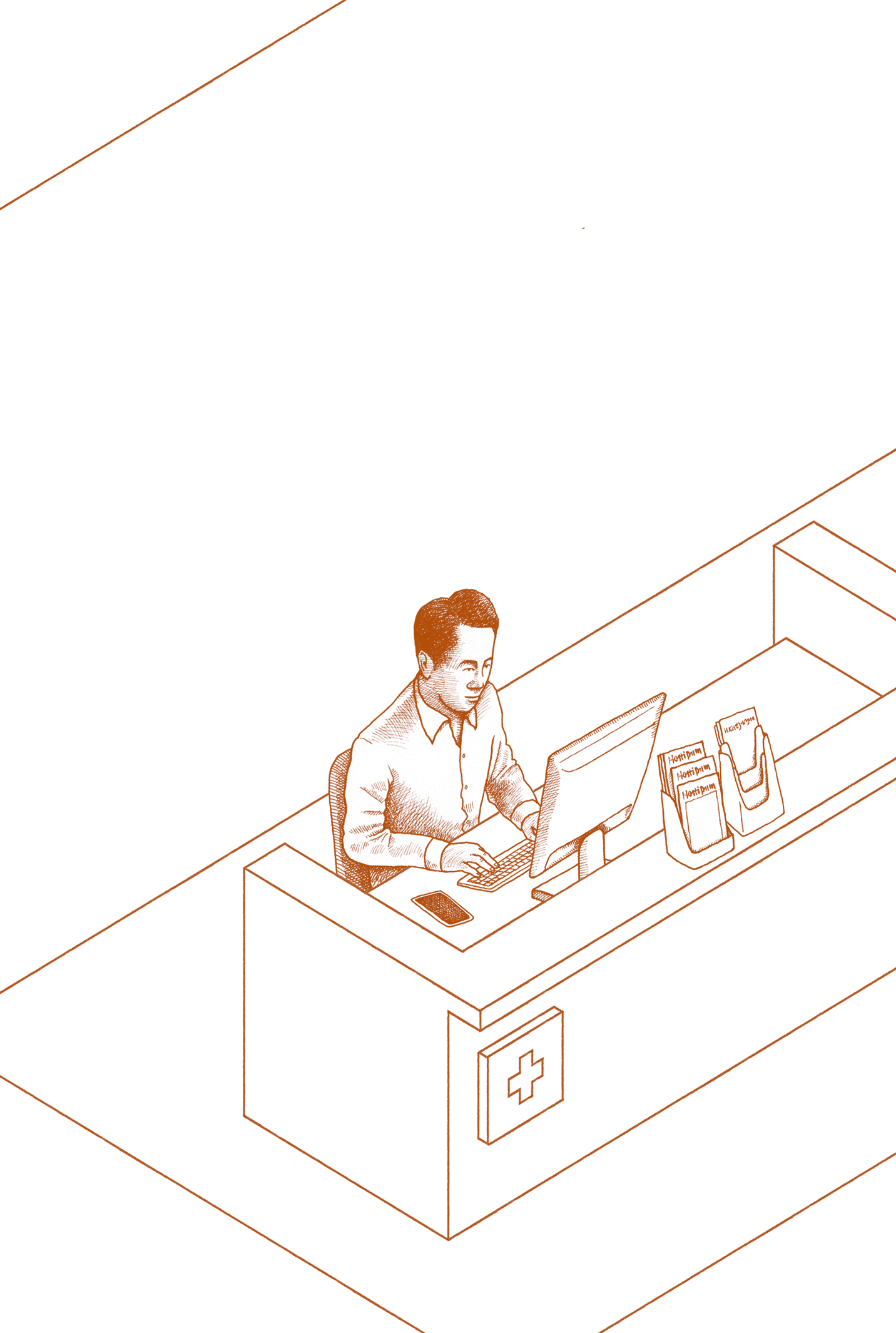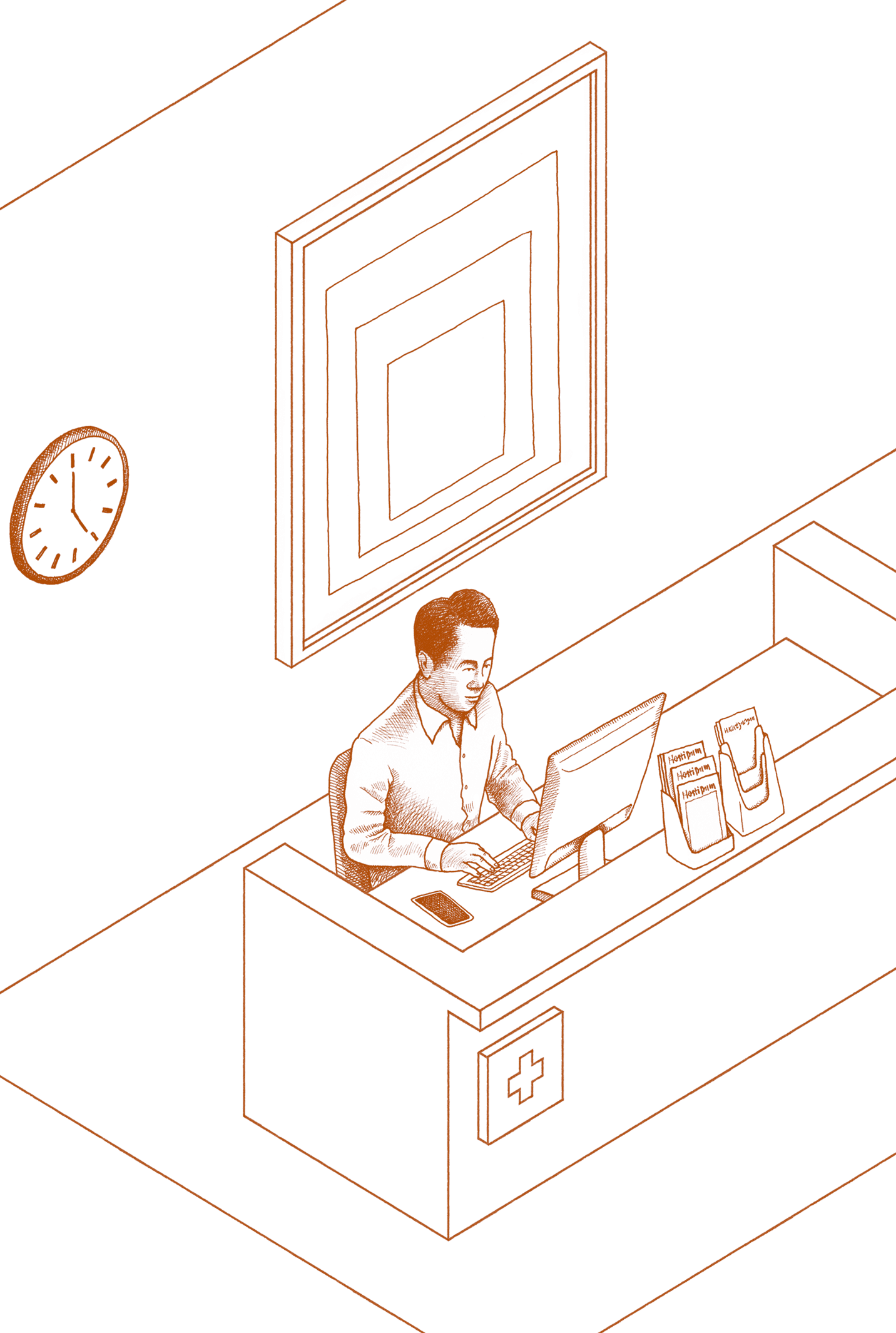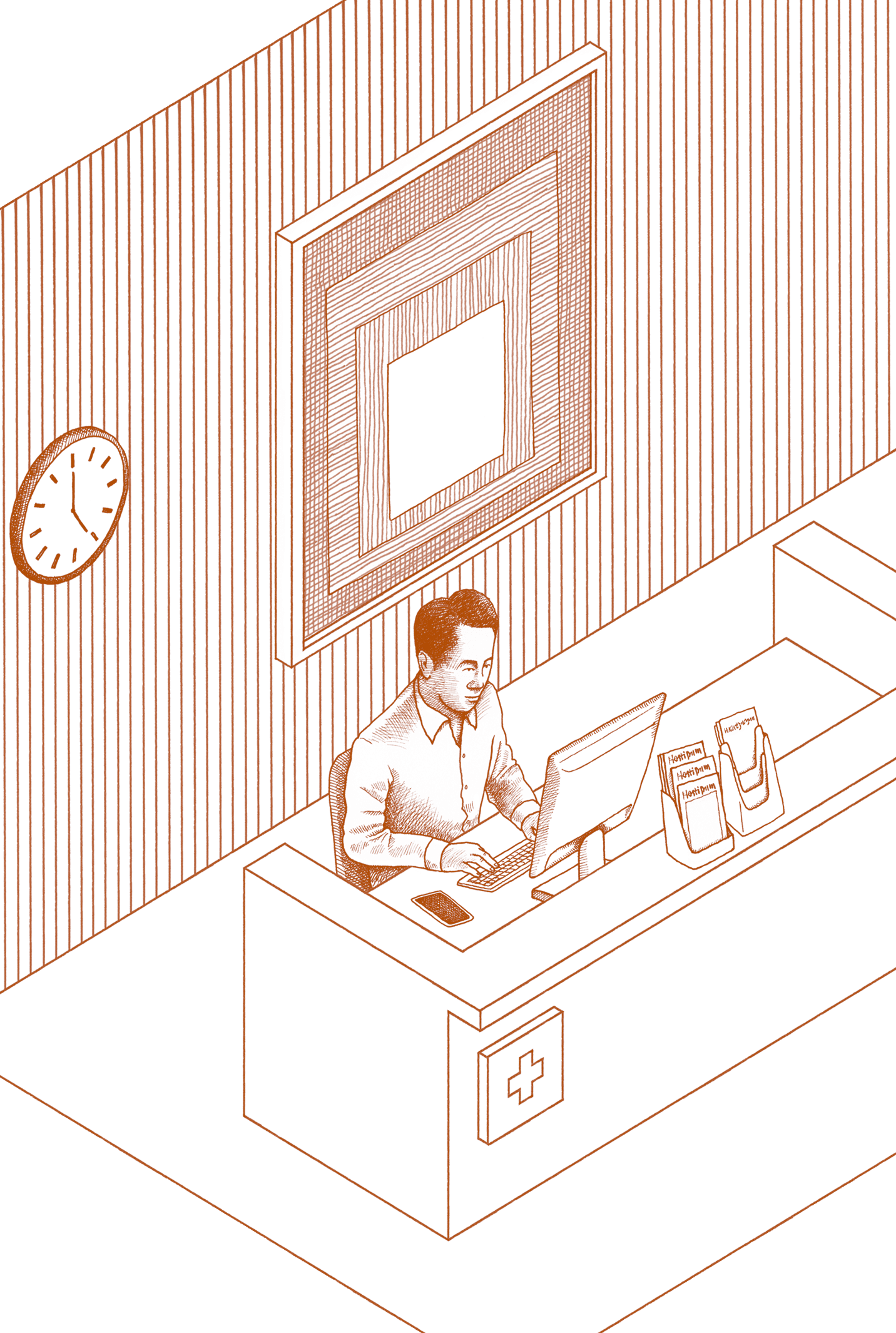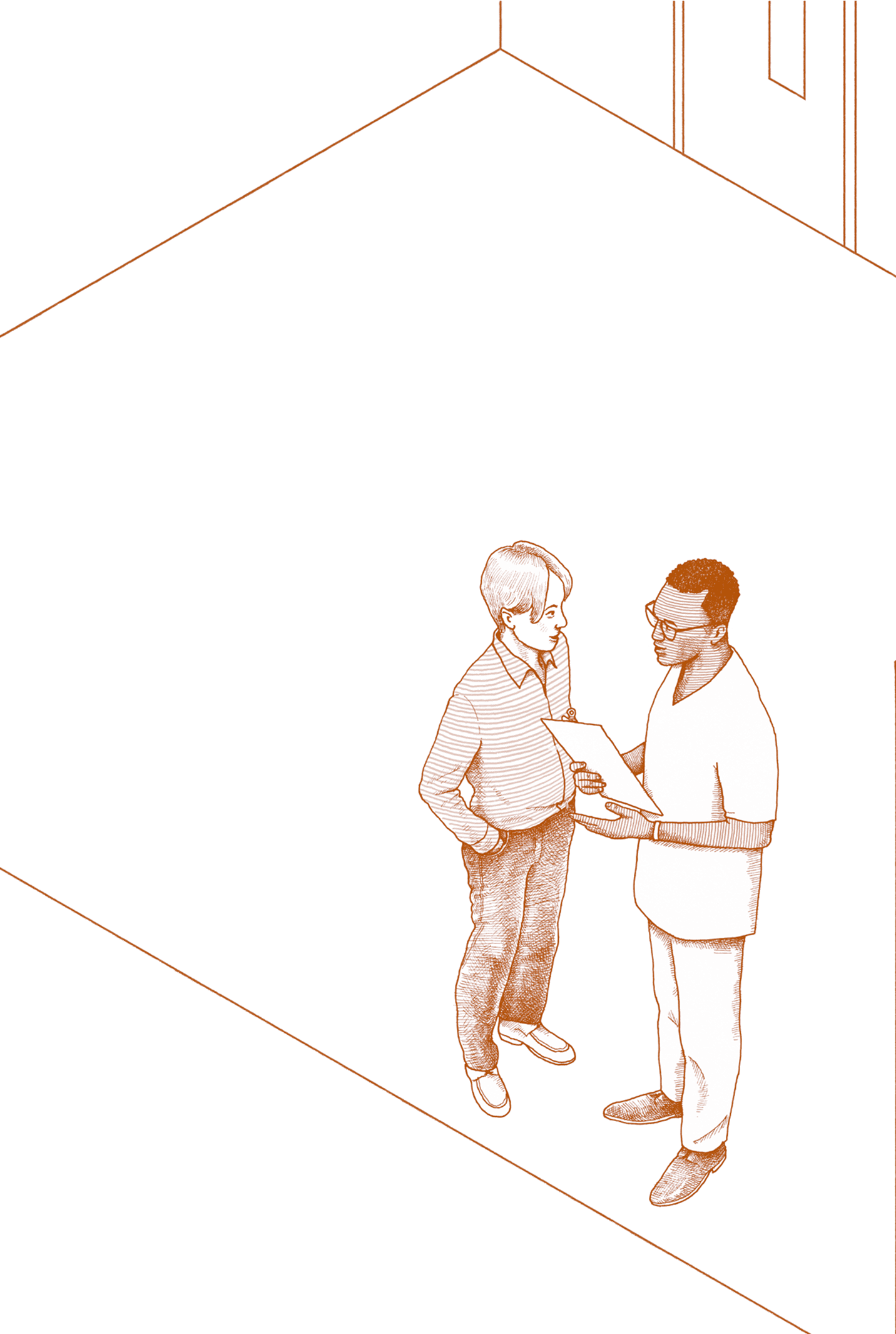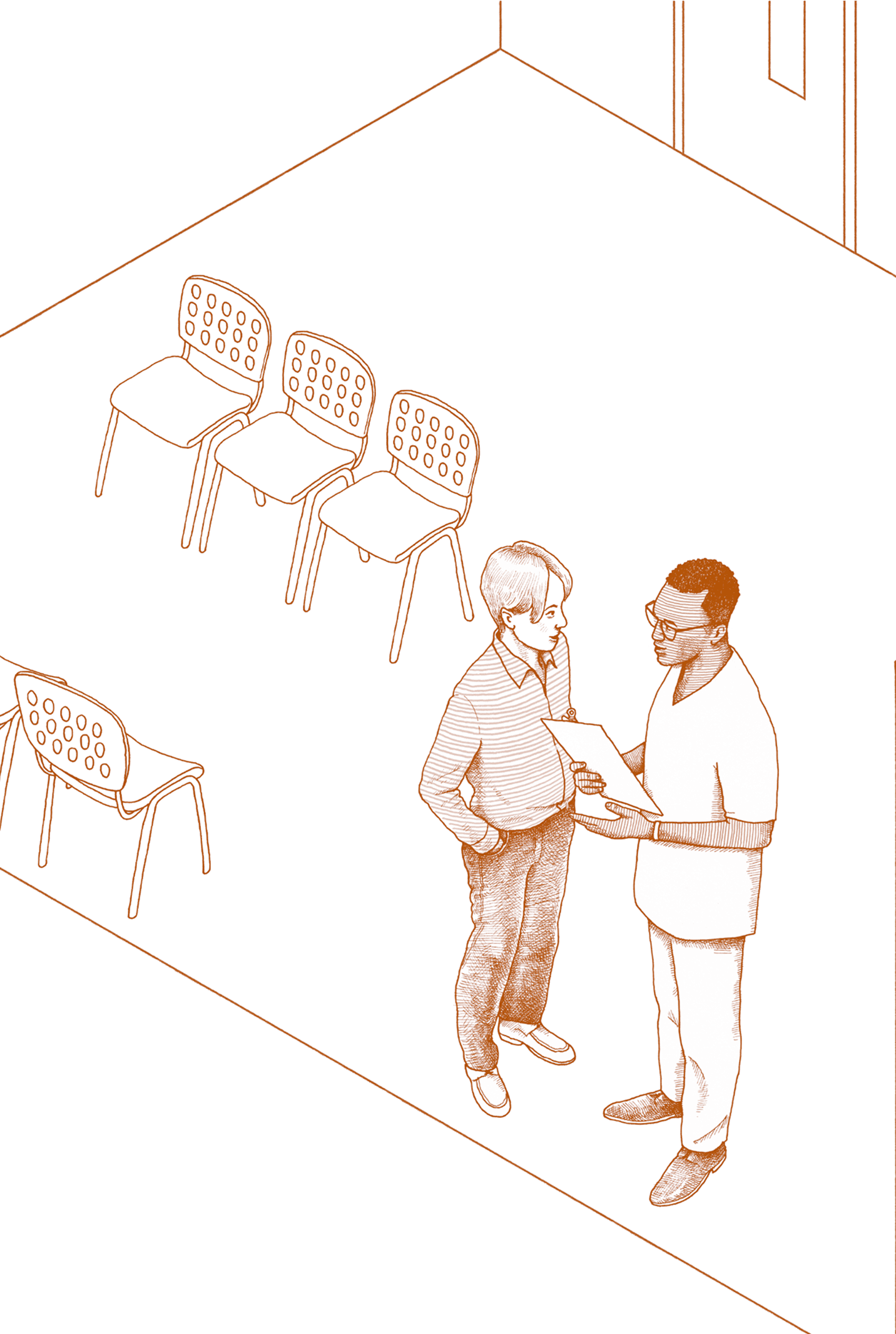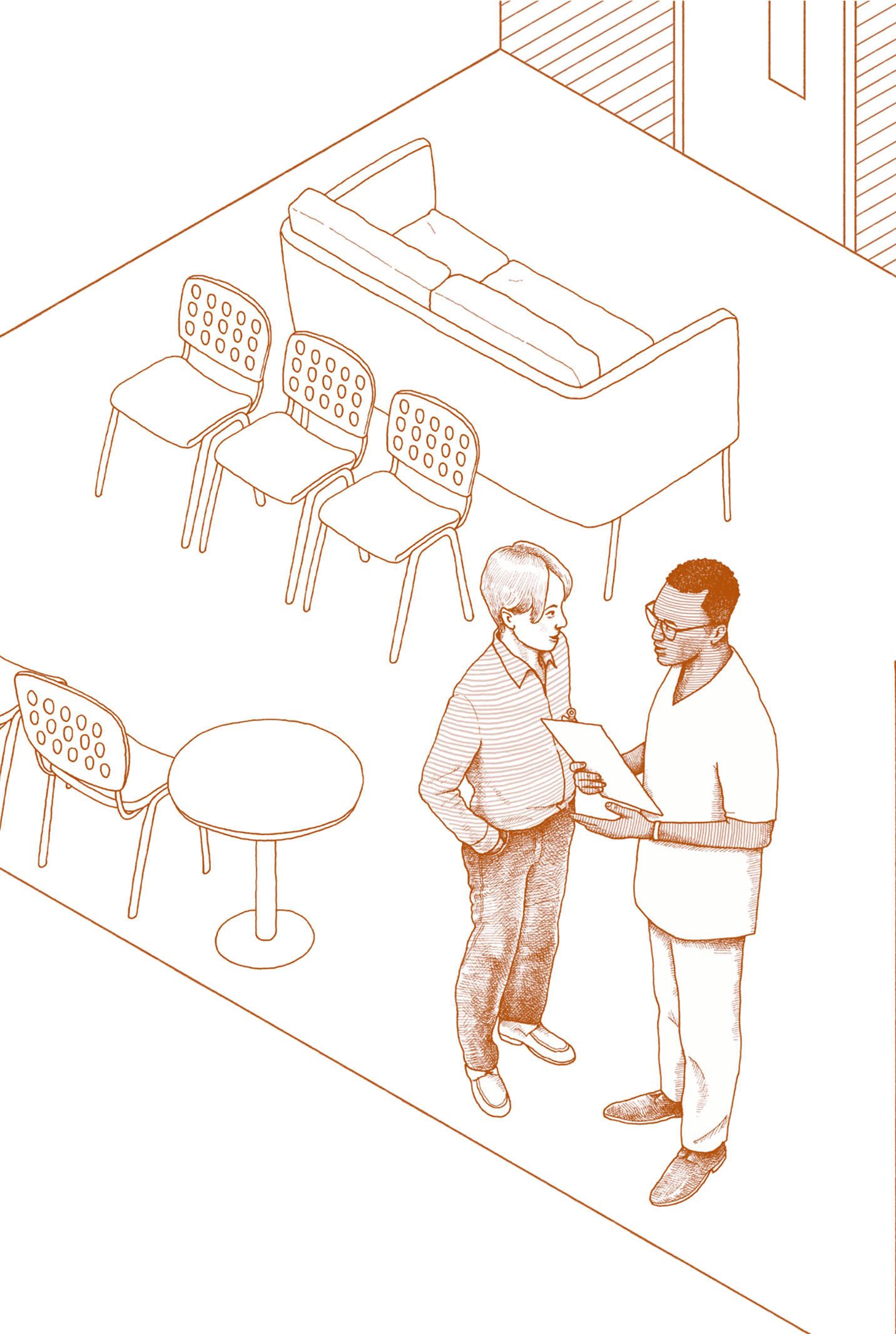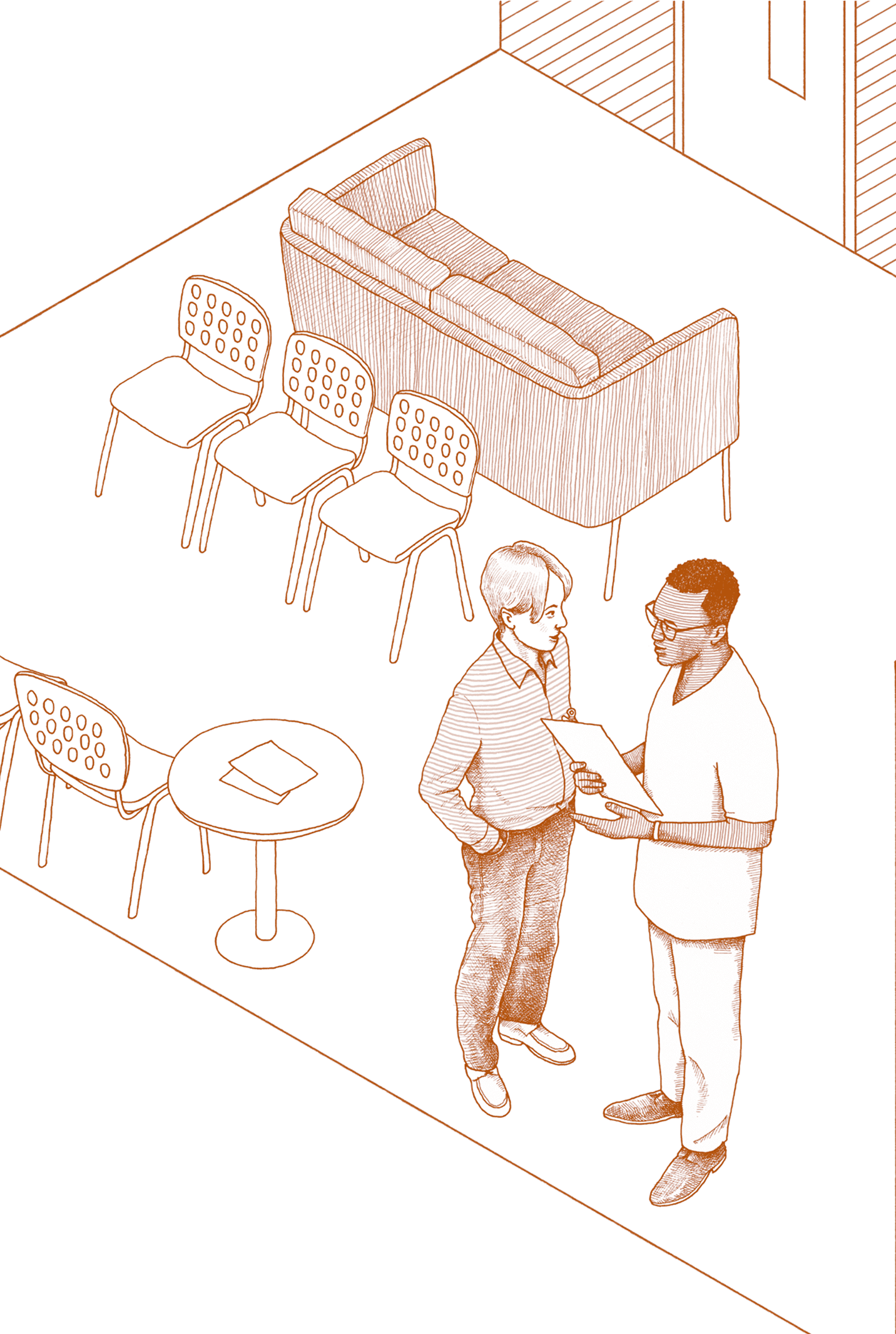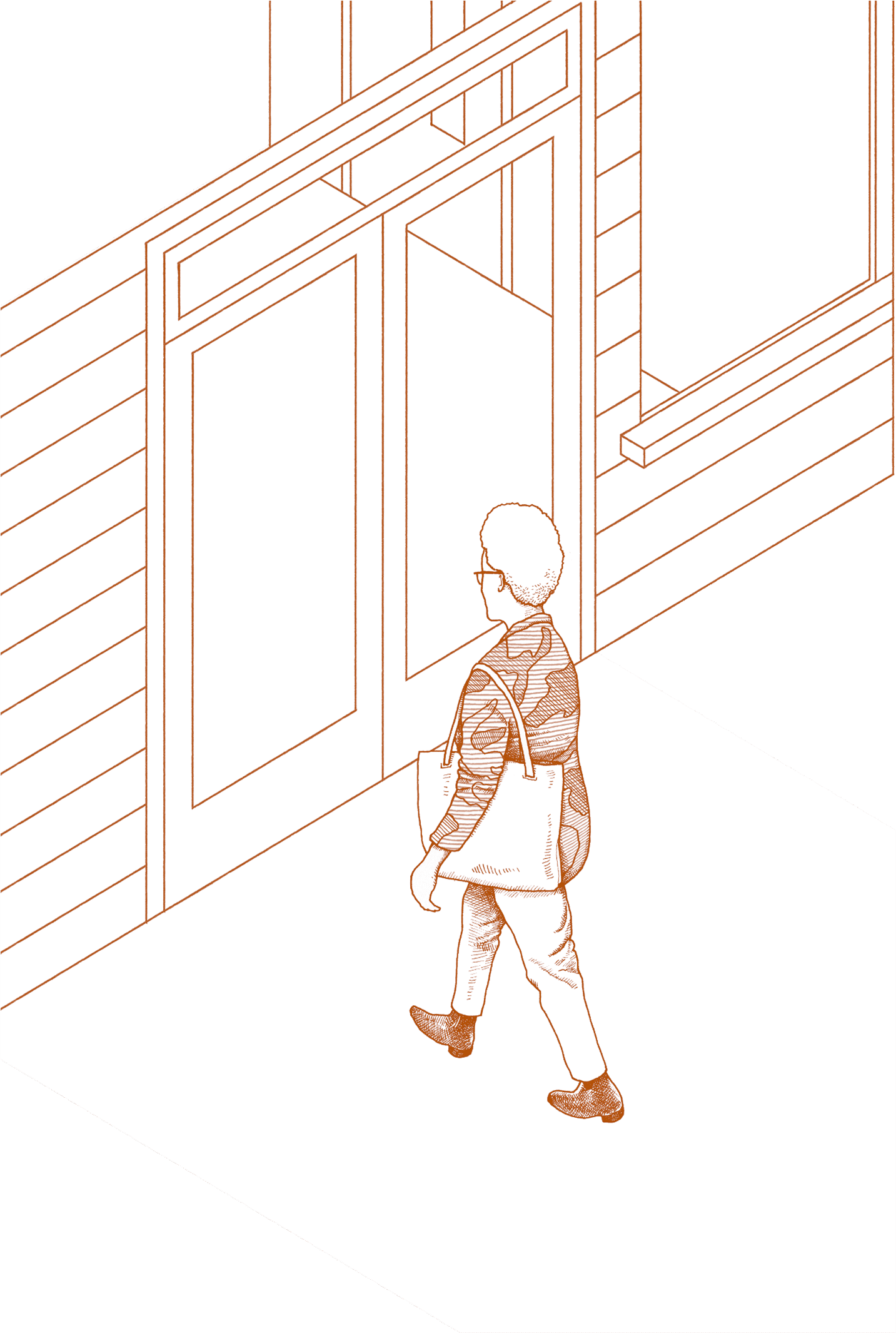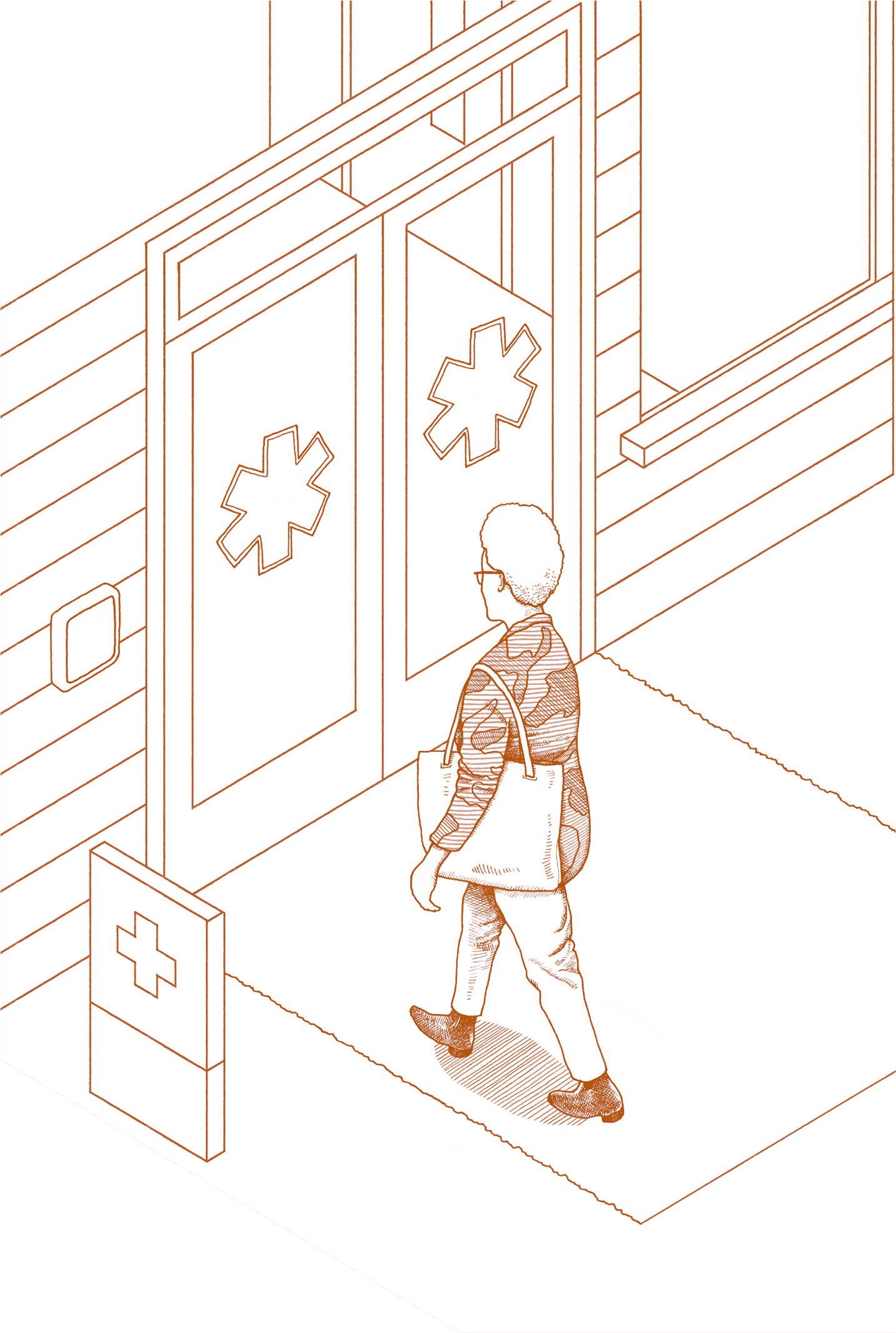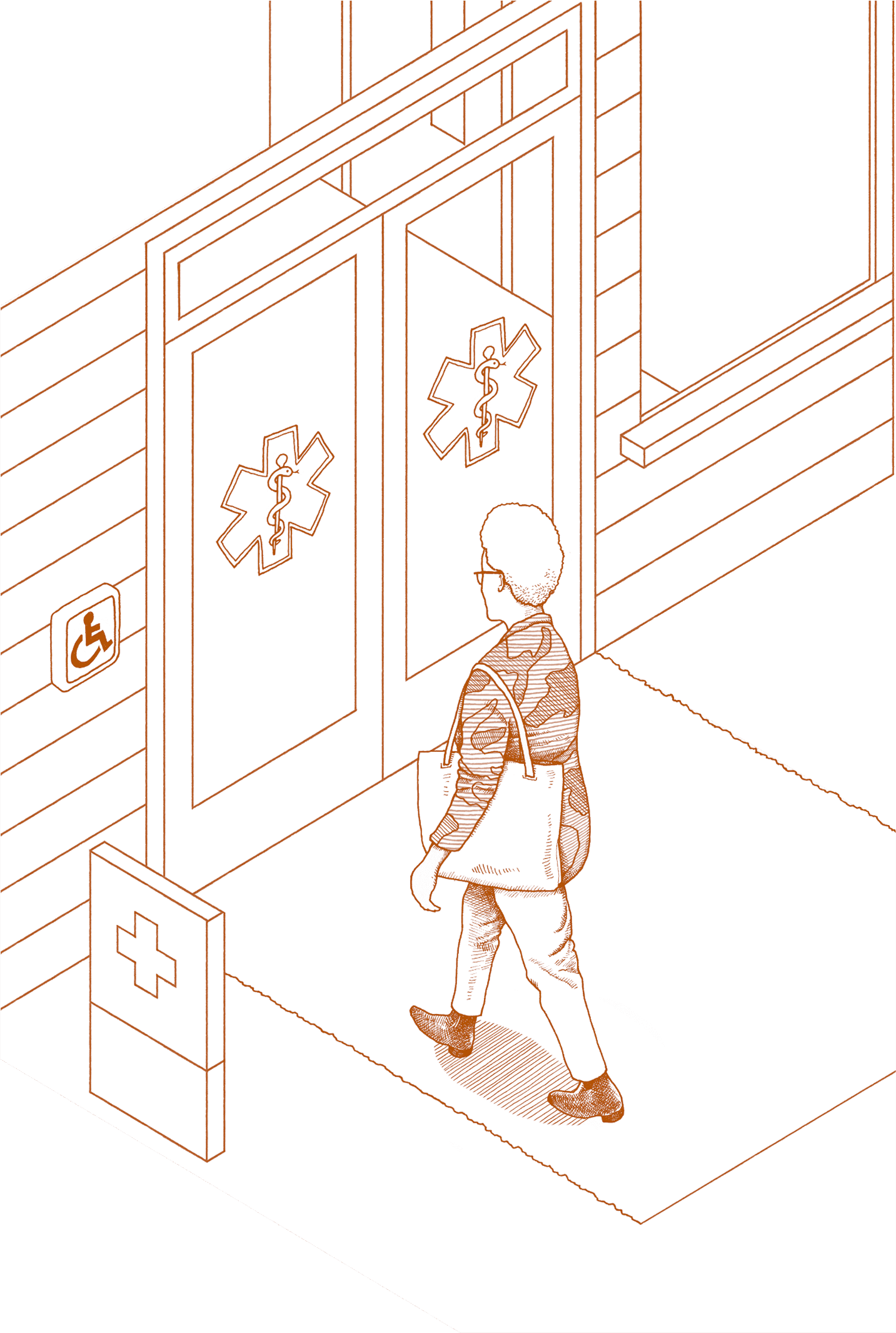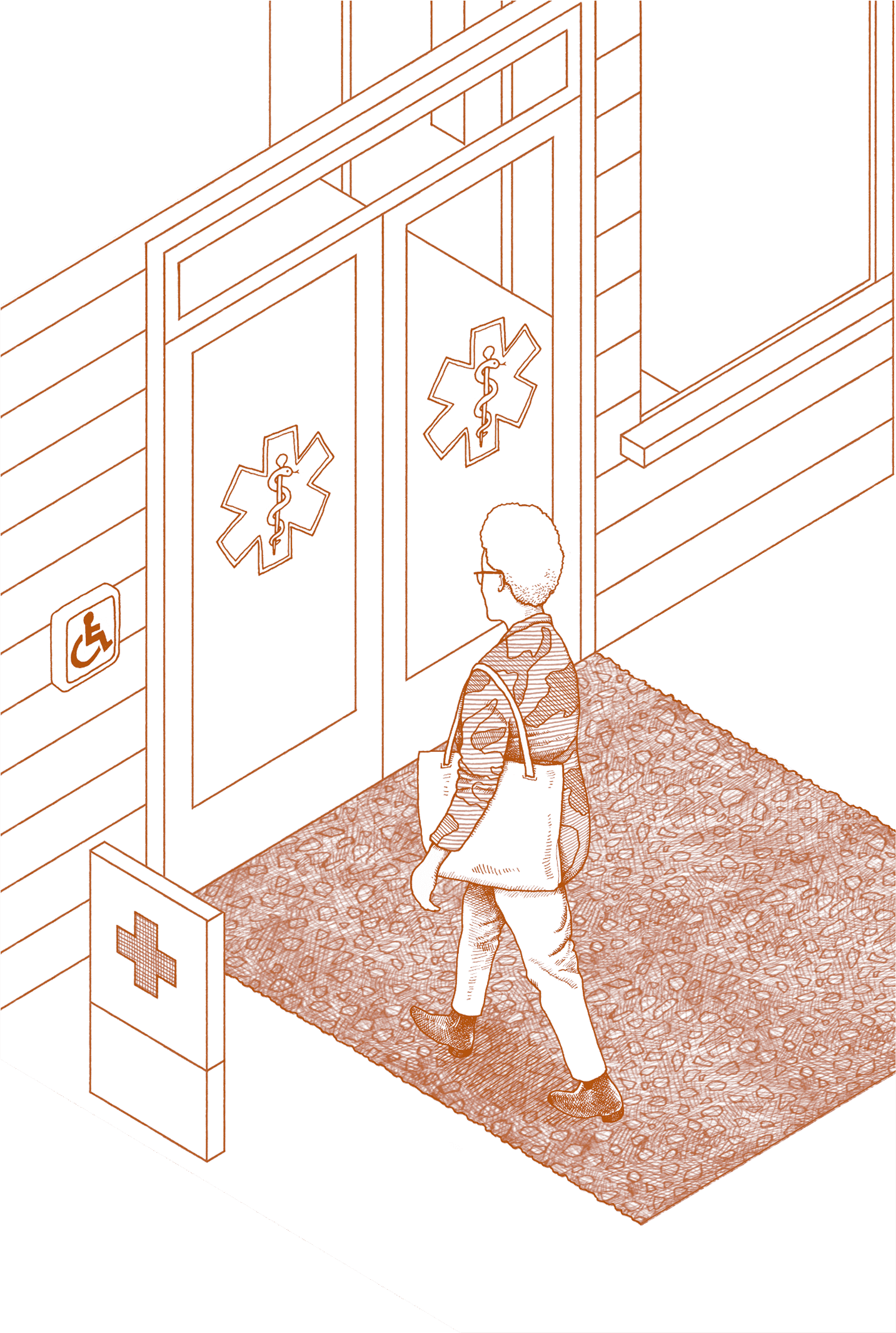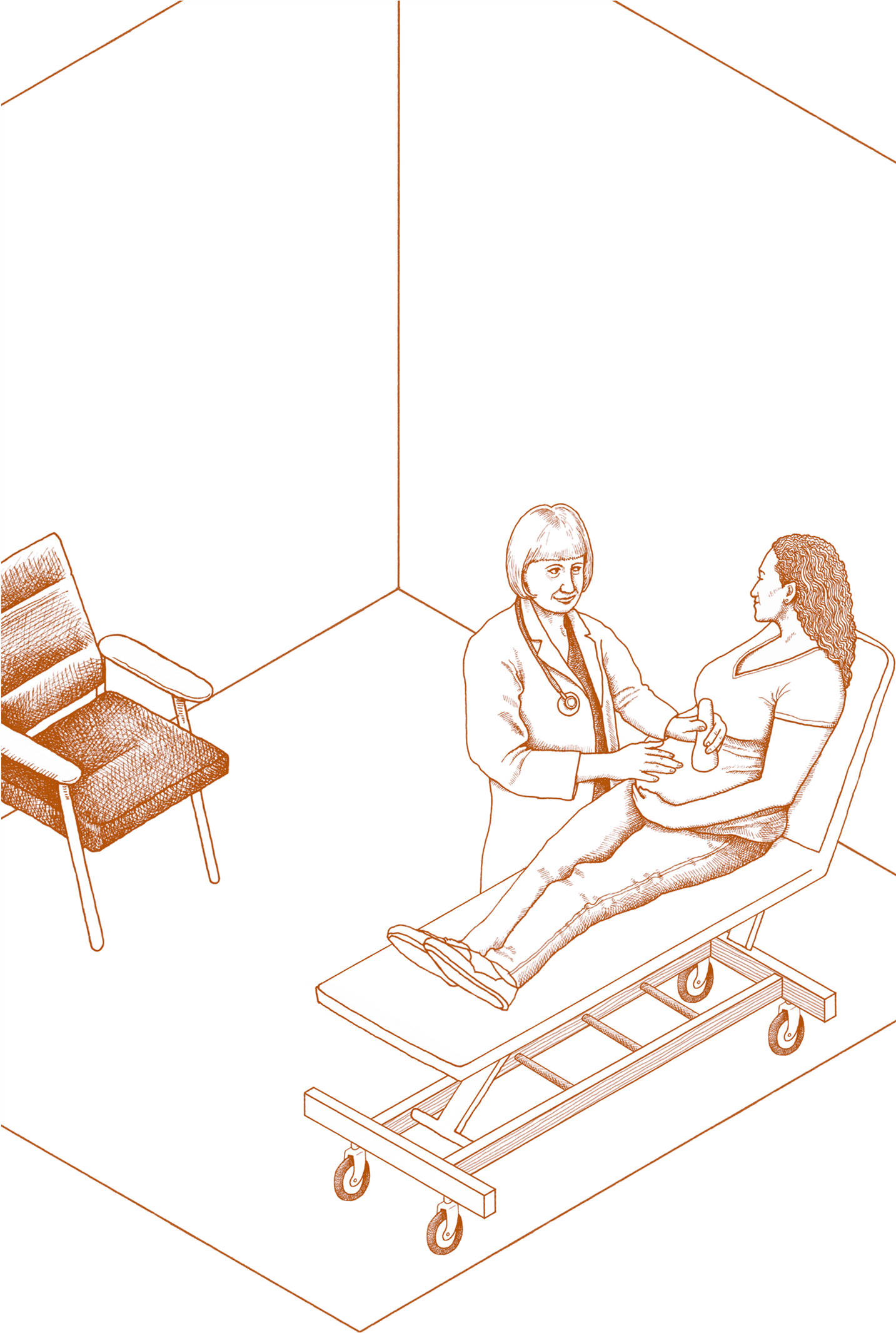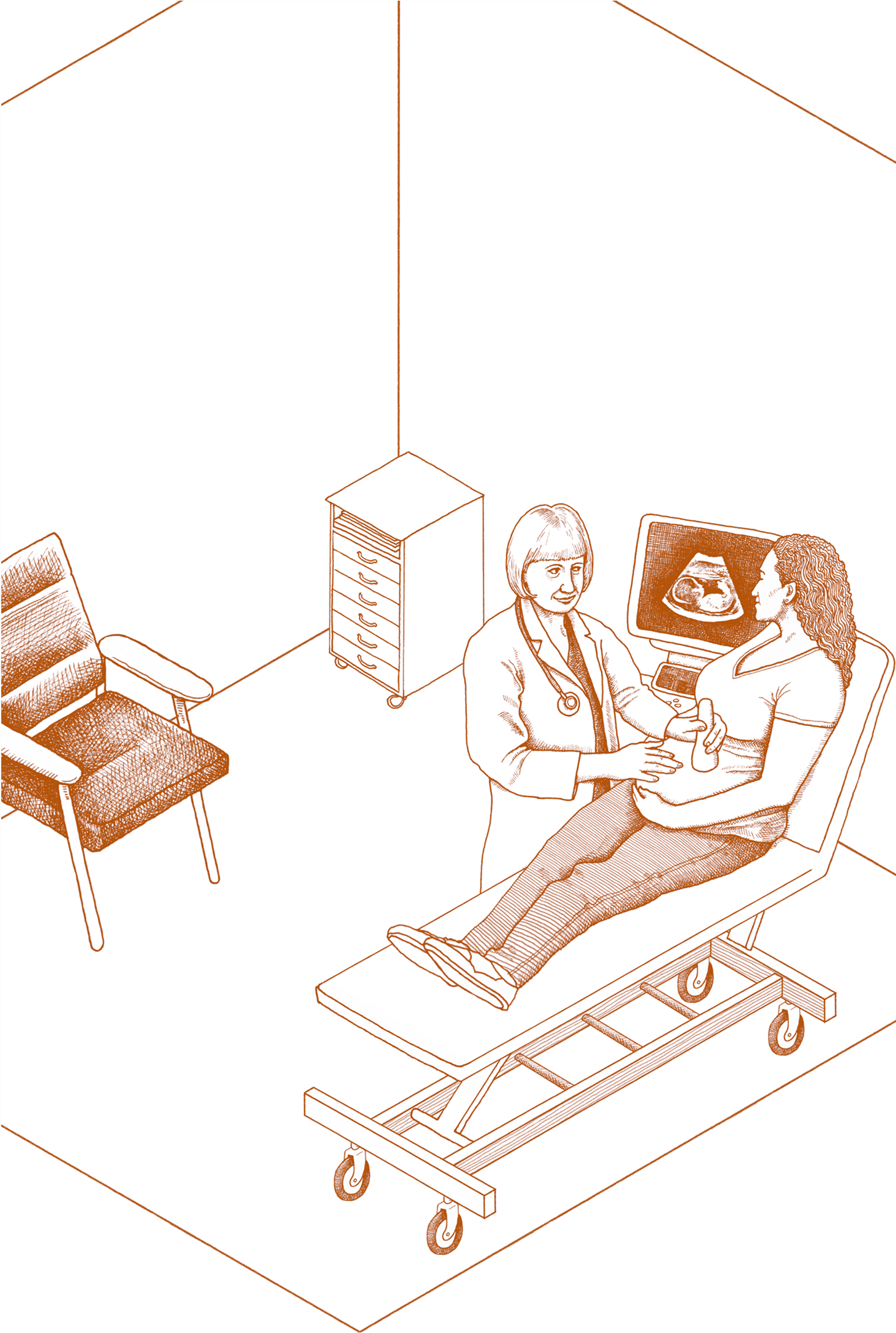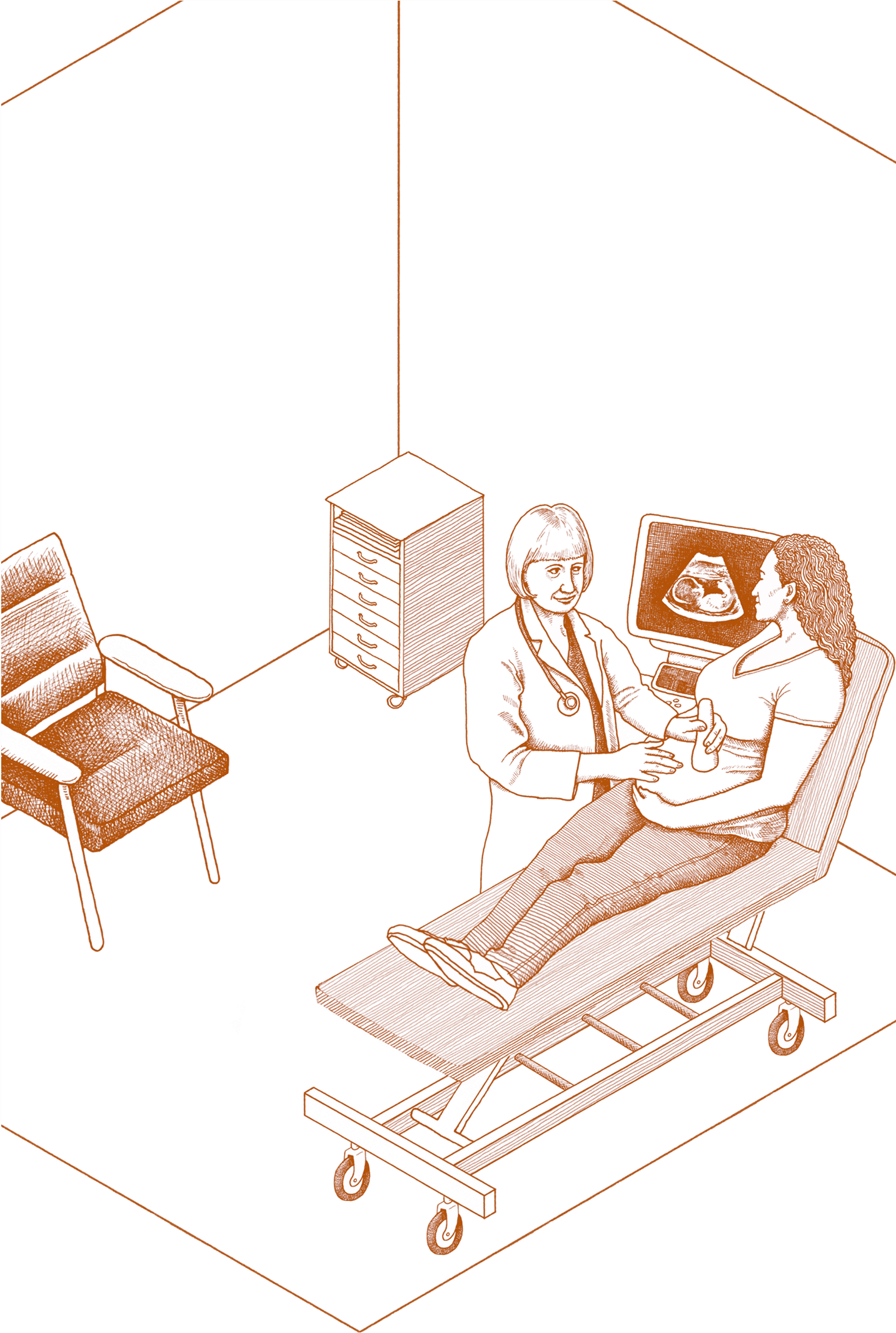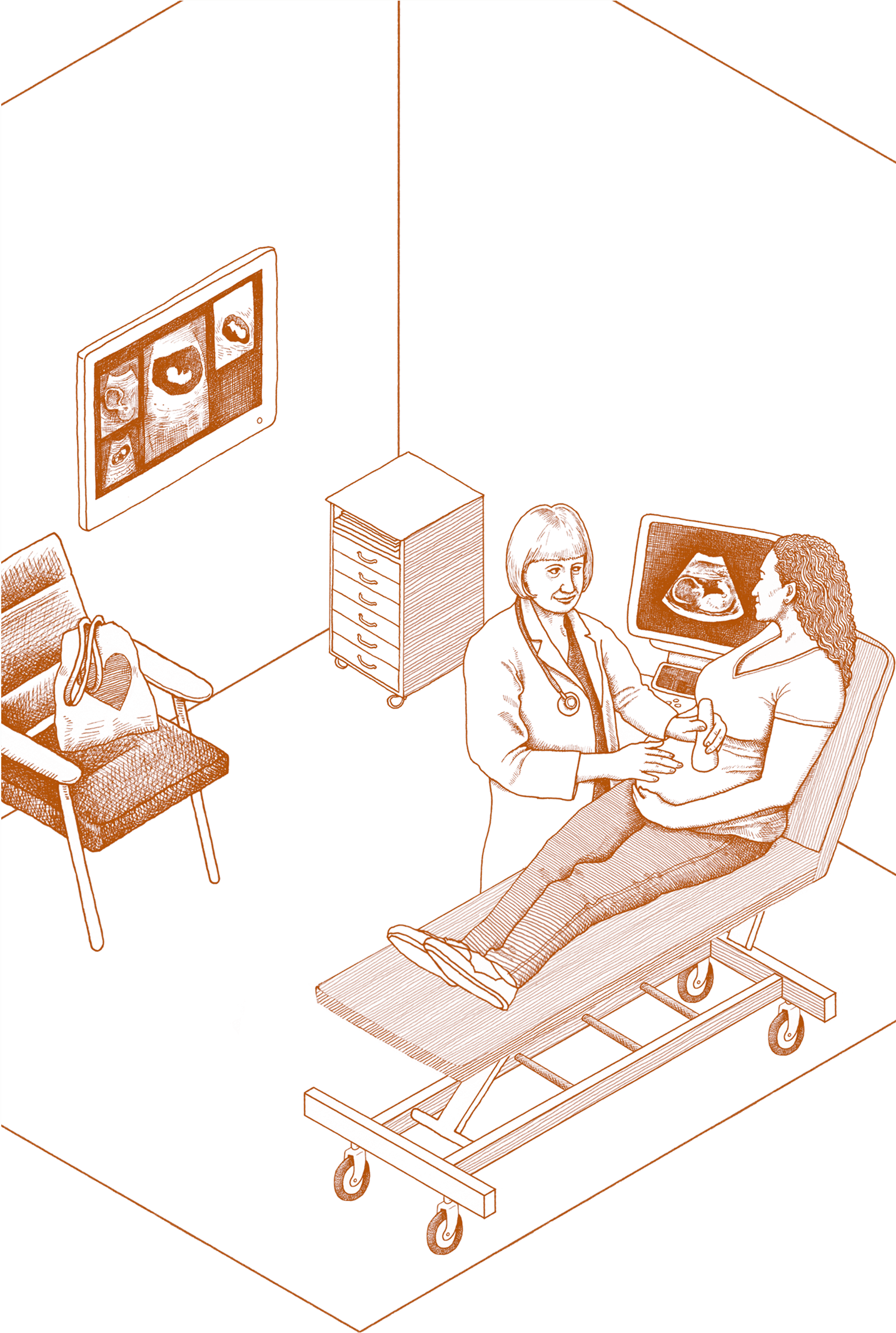Implementing high-impact solutions quickly
That’s roughly 25% of what the federal government spends on modernization projects every year.
Implementing the smallest possible change that produces the biggest impact can be a powerful way to catalyze modernization projects. Then we iterate and scale, all while helping our government partners de-risk, save time and resources, and gather user feedback.
Modernizing Grants.gov iteratively
Image caption
Simpler.Grants.gov is an open-source, modernized service that enables organizations, like health care facilities, to easily apply for financial assistance.
Modernizing Grants.gov iteratively
The U.S. Department of Health and Human Services (HHS) oversees Grants.gov, a federal service that connects grant seekers with more than $300 billion in public funding every year. With the goal of making Grants.gov the simplest, most effective, and easiest way to find and apply for financial assistance, HHS tapped Nava to help scale modernization efforts of Grants.gov. We’re helping HHS build Simpler.Grants.gov — an open-source, modernized digital service that will replace all of the functionalities that grant seekers use on Grants.gov in a phased, user-tested transition.
One of the efforts HHS decided to modernize first was Grants.gov’s search feature. We’re helping HHS build Simpler Search, a new search experience that grant seekers can use to search for and save grant opportunity listings. Grant seekers can also save searches, create lists of their saved opportunities, and subscribe to email alerts for saved searches.
“My organization can't function without this search. Great work on making it. […] You're not getting confused as to what you're looking at. So I think that's really fantastic.”
- User research participant
In addition to helping HHS build Simpler Search, we’re working with the agency to pilot an end-to-end grant application journey. Eventually, grant seekers will be able to use the new application to search for, find, and apply for grants. So far, we’ve focused our attention on conducting user research to map the end-to-end application workflow. Our research is informing the efforts we prioritize, such as working to understand how Grants.gov gathers data from grant seekers through web forms and identifying ways to improve the process.
To learn more, read our case study.
Helping IRS prepare for digital modernization
Image caption
We supported the IRS’s digital modernization efforts with small, human-centered projects that improve filing and ultimately help tax payers receive the services they need.
Helping IRS prepare for digital modernization
Each year, the Internal Revenue Service (IRS) collects over $5 trillion in taxes through legacy technology systems. Updating these legacy systems can improve experiences for IRS staff and taxpayers while helping the agency become more resilient and adaptable. Over six months, our joint venture with Focus Consulting helped the IRS spearhead small projects that the agency can scale to support their digital modernization efforts.
We began by helping the IRS assess their digital maturity through interviews with IRS staff and a quantitative analysis. This assessment enabled the IRS to identify successful modernization work and opportunities for improvement. Based on this assessment, we helped the IRS select small projects that could serve as examples for agency-wide modernization initiatives that highlight new ways of working.
In selecting these projects, the IRS focused on feasible initiatives that would have the most positive impact on taxpayers and agency staff. They also focused on overcoming challenges that the IRS found in their digital maturity assessment, such as creating scalable approaches to modernization.
The first project we partnered on was building a digital prototype of a key form that people use to obtain individual taxpayer identification numbers (ITINs). For the second project, we helped the IRS discover how they can use a human-centered integration approach when leveraging commercial software to ensure their programs meet people’s needs. Finally, we helped the IRS create a roadmap to implement these concepts at scale.
Though these projects were small, they helped the IRS build internal capacity and establish a precedent for bigger modernization projects. This valuable experience working with the IRS and understanding their digital maturity objectives will help support our work with other federal agencies.
Streamlining the Veteran disability benefit application
Image caption
To help Veterans receive disability benefits faster, we’re partnering with VA to make their disability benefit application more user-friendly.
Streamlining the Veteran disability benefit application
Disability benefits are a critical lifeline that connect many Veterans with life-saving care and compensation. However, some Veterans seeking disability benefits can get stuck in a waiting pattern. Given the outsize impacts of this program, the U.S. Department of Veterans Affairs (VA) is prioritizing ways to make the disability benefit application process more efficient. VA partnered with Nava to improve one specific step of the disability application process: uploading documents on VA.gov.
We began by interviewing VA staff to identify ways to help VA improve the disability application process. This enabled us to identify one document uploader screen as an area to explore for improvement. We chose to focus on this screen because it’s where the majority of issues were occurring.
Next, we analyzed data on how many Veterans were mislabeling their documents, which was causing issues for VA staff and automated processes that are essential to claims adjudication. By taking a razor-sharp approach to our research, we were able to quickly identify tweaks to the document uploader screen that would have the most impact.
In just nine weeks, we helped VA implement a new document uploader screen that’s easy for Veterans to use and provides VA staff with the information they need. With the new document uploader screen, roughly seven times as many Veterans correctly label their documents, compared to the legacy page. The new page improves experiences for Veterans, helps the claims process work more efficiently, and helps streamline VA’s automated processes.
To learn more, read our case study.
Adapting to a legislative change with agile methodology
Image caption
We helped Massachusetts update their PFML portals to reflect policy changes, enabling workers to easily understand and obtain the benefits they need.
Adapting to a legislative change with agile methodology
New legislation enables workers in the Commonwealth of Massachusetts to “top off” their paid family and medical leave (PFML) benefits with employer-provided paid time off (PTO). To accommodate this change, we helped the Commonwealth’s Department of Family and Medical Leave (DFML) update the employer and applicant portals in under four months.
DMFL’s agile practices enabled them to quickly respond and adapt to the “top off” policy change. Within Nava, we dedicated one team to helping DFML lead and manage the changes. This enabled our other teams to work on top off changes while continuing planned work with as little disruption as possible.
In just four months, DFML was able to update the applicant and employer portals with new questions and messages about the “top off” policy, enabling workers to easily understand and access the benefits they need.
After DFML launched the updates, we helped use analytics to monitor how the changes were performing. DFML found that the average time it takes to complete the “Other Leave, Benefits, and Income” section of the PFML application, where applicants previously had to report PTO, decreased with the portal’s updates.
To learn more, read our case study.
